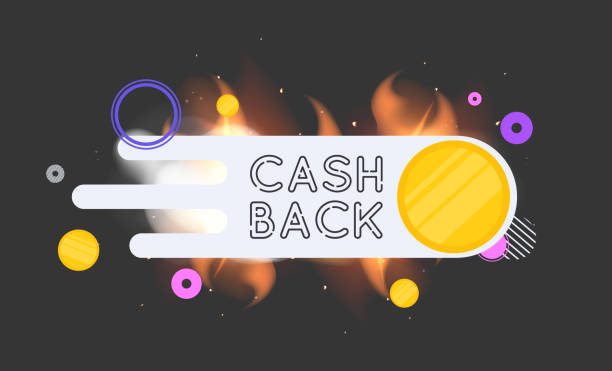
How was your Black Friday campaign for your business? Not as well as you’d hoped for? Holidays can be a busy time for marketing departments. Holiday marketing can be a team effort in an agency, whether it is planning a promotion, releasing new products, or working on memberships or subscriptions.
SEO Landing Pages are a crucial component of any digital marketing strategy. There are many ways to prepare your website for holiday shopping. We’ll look at the pros and cons of some of the options and how they can help you prepare for next year’s holiday shopping season.
Homepage banners
Many brands use an attractive banner to display information about their deals (e.g., 25% off, BOGO, etc.) On the relevant product pages, it is used as an extra banner or an updated price. This strategy does not have a landing page; rather, deals are spread across multiple product pages. This is a very common strategy, and it’s easy to implement for most brands. However, this doesn’t provide any SEO benefits in the long term. Here are the pros and cons.
A homepage advertising banner is easy to customize and create. It will help you increase sales and consumer interest during the holiday season.
Cons Banners can be a good way to attract direct traffic to your website or traffic that you send to the home page. Home page banners and updated prices should be just a small part of your holiday marketing plan, not the main focus. Why? This option does not include a landing page dedicated to relevant and competitive keywords for sale and deals, which is a huge missed opportunity.
SEO traffic is your most reliable (and inexpensive) digital marketing friend, especially when digital advertising space becomes more expensive and competitive during holidays such as Black Friday or Cyber Monday. For many industries, organic search is also very competitive. It would be best if you optimized landing pages that are authoritative enough for Google to rank well.
Non-Evergreen Landing Pages
“non-evergreen,” a mistake that is made by both Fortune 500 companies and small businesses, is a common one in digital marketing. The first thing they do is what seems like a good step: an optimized landing page. They already have pages from the previous year and even the year prior to that. This is a problem because it creates duplicate content, and Google might not be able to determine which page is the most relevant when searching for “black Friday [product] sales.”
Some marketers “clean up” their old pages before launching a new page. They may redirect the old ones to a different page or 301 them to another page. In any case, brands often end up with a bit of a mess as well as a non-evergreen approach. We’ll look at some of the pros and cons associated with the non-evergreen strategy.
- Redirect the old pages to another page.
- Remove the old pages (404 Not Found)
- Keep old pages online (200 OK).
A Pros Despite duplicate content concerns, this tactic allows you to capture organic search traffic for branded terms like “[YOUR BRAND] Black Friday deals” or “Black Friday [YOUR BRAND] Sale.”
A &B Cons: Having a landing page redirect or taking down the page may reduce duplicate content problems. However, it will not help your SEO strategy in the long run. It might seem like an excellent idea to start over every year, but anyone who is committed to SEO success for the long term knows that it takes time. This means that holiday landing pages will remain live throughout the year, collect backlinks, and gain authority for terms with high competition.
C Pros: If you choose option C and leave your landing page up while building a new page for Black Friday next year, you could end up looking like brands that have several pages targeting the same keywords. If you decide to leave the existing page and create a brand new one next year, then your pages will be in direct competition for relevance on SERPs. Duplicate content can prevent them from ranking. Worst case scenario? Your older pages that have more authority are ranked higher than your newer pages. Instead of receiving relevant offers, the user gets an old page with old deals and products.
A single landing page that rotates copy and banners for each holiday
Consider creating a landing page for your holiday sales. This option allows you to easily adjust your copy and banners throughout the year as needed for your holiday campaign.
Pros: Utilizing a single landing page such as mybrand.com/holiday-sales/ for all of your holiday campaigns is certainly easier than having a page for every sale, and many brands use this strategy when they’re short on development staff to launch and maintain new pages. Consider the number of different holidays that some brands offer throughout the year. Valentine’s Day is just one of them. Others include Easter, Memorial Day, the 4th of August, Labor Day, Black Friday, Cyber Monday, and Christmas. It’s a lot to maintain and build landing pages for!
You can use one landing page to promote all of them. All you need to do is update the copy. Dick’s Sporting Goods landing pages. The site is active and offers deals all year round, whether it’s Black Friday in November or the Fourth of July in the summer. This page could build page authority and acquire links all year round, which would be good for your ranking.
Cons: While this landing page is better than either of the two previous options, there are better options available for SEO. Why? Why? If you use the same URL for your holiday deals, it will be necessary to target different keywords depending on the season. While this is a good way to build up your URL’s authority and backlinks in Google’s eyes, it is not the best option for building permanent keyword relevance.





